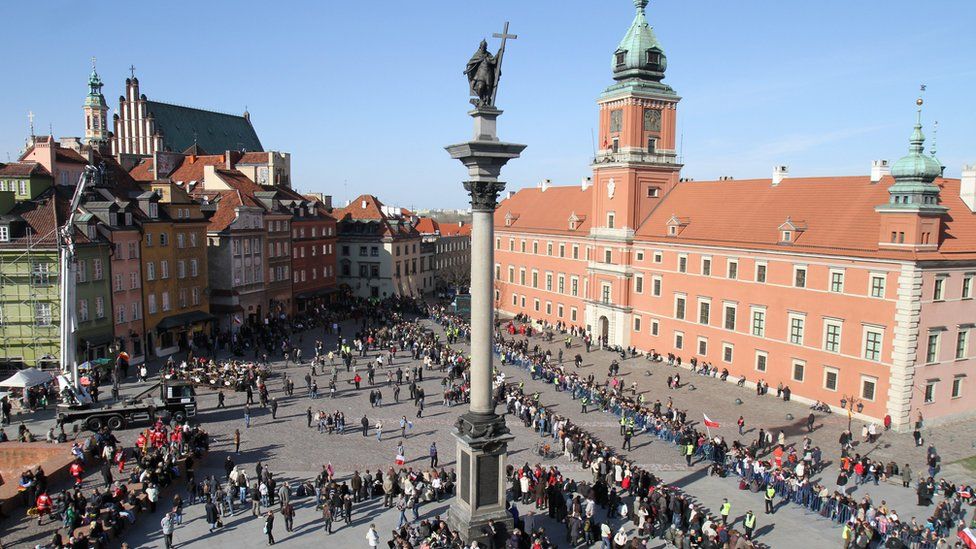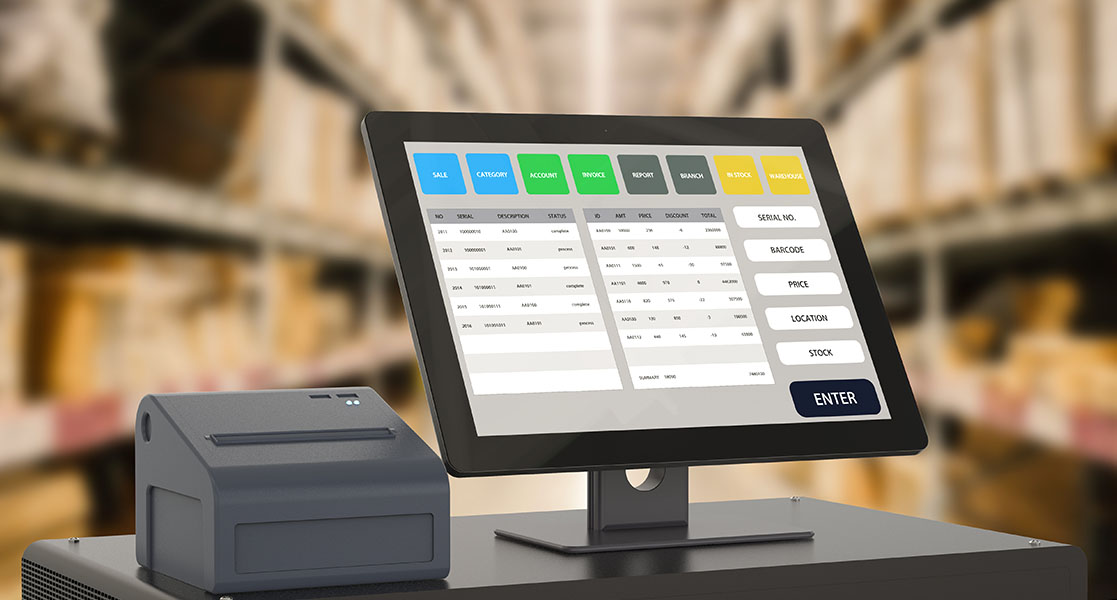The Latin America Coffee Market is a pivotal component of the global coffee industry, characterized by its rich history, diverse coffee-growing regions, and significant contribution to world coffee production and trade. This article provides a comprehensive overview of the Latin America Coffee Market, encompassing its historical significance, production dynamics, market structure, and socio-economic impact across the region.
Overview
Latin America, often referred to as the “coffee belt,” comprises several countries renowned for their coffee cultivation, including Brazil, Colombia, Mexico, Guatemala, Honduras, Peru, and Costa Rica, among others. The region’s favorable climate, altitude, soil conditions, and cultural heritage have established Latin America as a premier coffee-producing region, renowned for its high-quality Arabica and Robusta coffee varieties.
Historical Significance
Coffee cultivation in Latin America dates back to the colonial era when European colonizers introduced coffee plants to the region’s fertile lands. By the 19th century, coffee had become a major export commodity for many Latin American countries, driving economic development, social transformation, and cultural exchange. Coffee plantations, known as “fincas” or estates, played a central role in shaping the landscape, labor practices, and socio-economic structures of coffee-growing regions.
Production Dynamics
Latin America’s diverse coffee-growing regions offer a range of microclimates, altitudes, and terroirs ideal for cultivating specialty coffee varieties prized for their distinct flavors, aromas, and quality attributes. Arabica coffee predominates in most Latin American countries, renowned for its smooth, nuanced flavors, while Robusta coffee is cultivated in regions with lower altitudes and warmer climates, valued for its boldness and caffeine content.
- Brazil: As the world’s largest coffee producer, Brazil dominates the Latin America Coffee Market, accounting for a significant share of global coffee exports. Brazil’s vast coffee plantations, particularly in the states of Minas Gerais, São Paulo, and Espírito Santo, produce a diverse range of Arabica and Robusta coffee beans, contributing to Brazil’s reputation as a coffee powerhouse.
- Colombia: Colombia is renowned for its high-quality Arabica coffee, often marketed under the iconic “Juan Valdez” brand, which symbolizes Colombian coffee excellence. The Colombian Coffee Growers Federation (FNC) plays a central role in promoting Colombian coffee worldwide and supporting smallholder coffee farmers through social programs and sustainability initiatives.
- Central America: Countries such as Guatemala, Honduras, Costa Rica, and Nicaragua are renowned for their specialty coffee production, with distinct microclimates and elevation gradients influencing coffee flavor profiles. These countries prioritize sustainable coffee cultivation practices, organic farming methods, and direct trade relationships to ensure traceability, environmental stewardship, and socio-economic development in coffee-growing communities.
- Peru and Mexico: Peru and Mexico are emerging coffee-producing countries in Latin America, known for their organic coffee production, indigenous coffee varieties, and commitment to fair trade principles. Smallholder farmers in Peru’s Andean regions and Mexico’s southern states cultivate coffee using traditional agroforestry systems, preserving biodiversity and promoting ecological resilience in coffee landscapes.
Market Structure
The Latin America Coffee Market encompasses various stakeholders involved in coffee production, processing, trade, and consumption, including:
- Coffee Producers: Coffee producers range from large-scale estates and cooperatives to smallholder farmers cultivating coffee on family-owned plots. Producers employ diverse cultivation methods, ranging from traditional shade-grown practices to modern agroforestry systems, depending on environmental conditions, market preferences, and sustainability goals.
- Coffee Processors and Exporters: Coffee processing involves several stages, including harvesting, pulping, fermentation, drying, and milling, before green coffee beans are sorted, graded, and prepared for export. Coffee exporters play a crucial role in facilitating international trade, ensuring compliance with quality standards, and connecting coffee producers with global markets through established distribution channels and trade networks.
- Coffee Roasters and Importers: Coffee roasters and importers source green coffee beans from Latin America and other coffee-producing regions, roasting, blending, and packaging coffee for retail and wholesale distribution. Roasters collaborate with coffee producers to maintain quality standards, develop unique flavor profiles, and meet consumer preferences for specialty and single-origin coffees.
- Coffee Retailers and Cafés: Retailers and cafés play a vital role in the Latin America Coffee Market, offering a wide range of coffee products, brewing equipment, and café experiences to consumers. Specialty coffee shops, chain cafés, and gourmet retailers showcase Latin American coffees, educate consumers about origin characteristics, and promote coffee culture through tastings, events, and educational programs.
Socio-Economic Impact
The Latin America Coffee Market has significant socio-economic implications for coffee-producing communities, rural livelihoods, and national economies across the region:
- Employment and Livelihoods: Coffee cultivation provides employment opportunities and livelihoods for millions of people in Latin America, including farmers, farmworkers, processors, and traders. Coffee production contributes to rural development, poverty alleviation, and income generation in remote and marginalized areas, supporting sustainable livelihoods and economic resilience.
- Social Development: Coffee cooperatives, associations, and development organizations play a crucial role in promoting social development, gender equity, and community empowerment in coffee-growing regions. Social programs focus on education, healthcare, infrastructure, and environmental conservation, fostering inclusive growth and improving quality of life for coffee-farming families.
- Environmental Sustainability: Sustainable coffee production practices, such as shade-grown cultivation, organic farming, and agroforestry systems, promote biodiversity conservation, soil health, and ecosystem resilience in coffee landscapes. Environmental initiatives address deforestation, water conservation, and climate change adaptation, enhancing the long-term sustainability of coffee production in Latin America.
- Cultural Heritage: Coffee culture is deeply ingrained in the social fabric of Latin America, influencing traditions, customs, and culinary practices across the region. Coffee rituals, such as the “cafecito” in Cuba, “tertulia” in Colombia, and “sobremesa” in Mexico, foster social cohesion, interpersonal relationships, and cultural identity, celebrating coffee as a symbol of hospitality and shared experiences.




